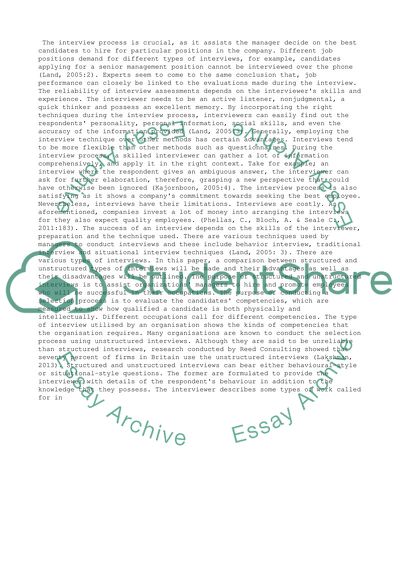Cite this document
(“Contemporary Human Resource management: Question ---- Using relevant Essay”, n.d.)
Retrieved from https://studentshare.org/management/1489910-contemporary-human-resource-management-question
Retrieved from https://studentshare.org/management/1489910-contemporary-human-resource-management-question
(Contemporary Human Resource Management: Question ---- Using Relevant Essay)
https://studentshare.org/management/1489910-contemporary-human-resource-management-question.
https://studentshare.org/management/1489910-contemporary-human-resource-management-question.
“Contemporary Human Resource Management: Question ---- Using Relevant Essay”, n.d. https://studentshare.org/management/1489910-contemporary-human-resource-management-question.


